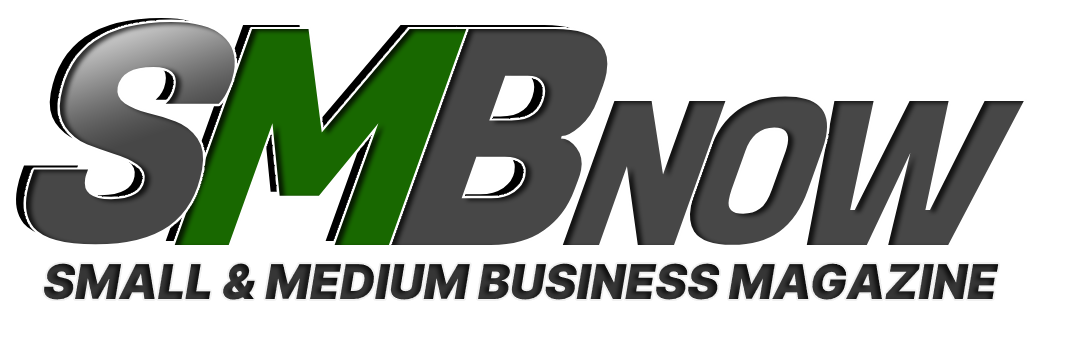Copyright Information for SMBs
Friday, January 12, 2007Posted by Brawlin Melgar
Introduction to Copyrights,
Patents, and Trademarks
By Deepak Dutta
What is a copyright? Can everything be copyrighted? A copyright is the expression of an idea. The idea itself is not copyrighted. Ideas can be patented and I will talk about patents later.
Let's consider the example of a story: a poor man who found lots of cash on his way back to his home from his work. He decided to keep the cash to improve his financial situation. But he could not sleep at night because he was haunted by strange voices that told him to find the owner and return the cash. This idea cannot be protected. Anybody can write a short story based on the idea. What is protected is how the author expresses the idea in the form of texts, illustrations, drawings, photographs, etc.
Once an expression is copyrighted, others can still use it for fair use. You can tape a few 15 seconds video clips from a copyrighted TV program and post it in your video blogs about a commentary on the program or broadcaster, etc. This will be considered a fair use and you will not infringe the copyright.
After a copyrighted material expires, it falls into the public domain. The life of a copyrighted material is the life of the author, plus 70 years. The public domain copyrighted materials can be reproduced without any infringement. For example, if you have an old picture with expired copyright, you can post the picture in your website.
In the USA, the Copyright Act of 1976 governs all copyrights. The Copyright Act does not protect any ideas, procedures, process, systems, and methods of operations, concepts, principle or discovery regardless of how it is expressed. It is the expression that is protected by the Copyright Act. You cannot copyright titles, names, slogans, and short phrases even if those have new ideas.
As mentioned earlier, the life span of a copyrighted material is the author's life, plus 70 years in most cases. There are a few exceptions to this rule and they are: un-renewed copyrighted materials published pre-1964, materials published before 1978 without a copyrighted notice, and materials published by the US Government.
All copyrighted materials should be fixed in a tangible medium (papers, CDs, DVDs, etc.). If it is not fixed in a tangible medium, it is not copyrighted. For example, your speech to the graduating class that was nevėr recorded, taped, or published is not protected under the US Copyright Act. Your can register your copyrighted materials with the US Copyright Office. All expressions of ideas are copyrighted regardless of whether they are registered with the Copyright Office or not. If you register the expression with the Copyright Office, you can receive statutory damages and attorney's fees if an infringement occurs. If the material is not registered with the Copyrighted Office, you can only recover actual damages.
A patent holder of an invention has the right to exclude others from using, selling, and making the invention. The United States Patent Office (USPTO) awards patents. There are three kinds of patents: utility, design, and plant patents.
The most frequently used patents are utility patents. They have a life span of 20 years from the effective filing date if the filing date is after June 8, 1995. A utility patent also requires periodic maintenance fees. A utility patent must be a novel, useful, and non-obvious process, machine, manufacture, or compositions of matter or improvement to the same. There are three things that define a utility patent. First, it must be novel. Nobody should have invented, published, used, or manufactured the invention before. Second, one should be able to do something useful with the invention. If it is just novel without any usefulness, it cannot be patented. A patentable invention should not be obvious to the person with ordinary skills in the same technology space related to the invention.
A design patent is the app
